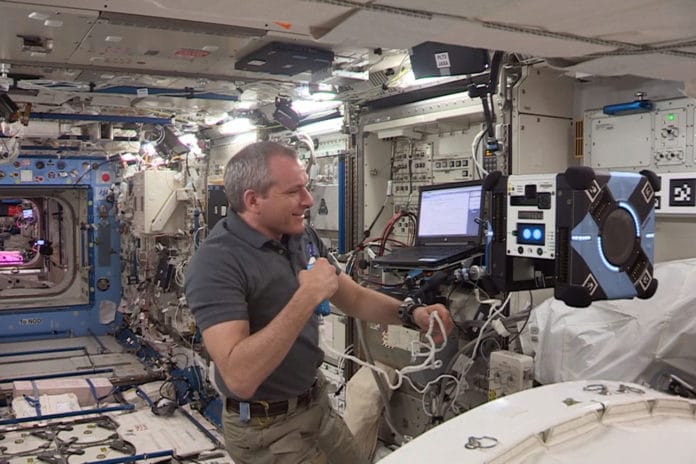Bumble, a cube-shaped free-flying robot, has become the first Astrobee robot to fly under its own power in space.
Such type of robots that can operate on their own in space can be caretakers for NASA’s lunar gateway and will play a significant part in NASA’s future missions to explore the Moon and Mars.
Bumble is the first one to take the flight; it will be then followed by Honey and Queen. Before it goes on the solo trip flight, the Astrobee team verified that Bumble can find its position and was ready to navigate within the space station.
Since there is not much use of GPS in space, the Astrobee relies on the camera-based positioning system. The system observes the robot’s surroundings and compares what the camera sees to a map of the space station’s interior.
As there is no gravity in the space, Astrobee robots can move in any direction and turn on any axis in space, using fans to maneuver. The initial testing was focused on making sure that the camera navigation system was working properly. David Saint-Jacques, Canadian Space Agency astronaut, provided hands-on help for the pre-flight tests, manually moving Bumble around the Kibo laboratory to allow Astrobee’s navigation system to calibrate to its new surroundings.
Credits: NASA
Next, the team checked, how well it could respond to commands like “fly 11.8 inches forward” and “rotate 45 degrees to the right,” NASA says. NASA will continue to test Bumble’s movement capability through a series of increasingly complex maneuvers to determine how well the robot performs in zero gravity.
The results of these tests will be used to tune Astrobee’s propulsion system and help Bumble get ready to assume its role as the newest crew member on the space station.
Astrobee is the NASA’s new free-flying robotic system, which consists of three cube-shaped robots named Bumble, Honey (both launched to the space station April), and Queen (scheduled to launch in July). It is designed to help researchers test new technologies in zero gravity and perform routine work alongside astronauts aboard the International Space Station.
NASA’s Ames Research Center in Silicon Valley developed these 1-foot cubed bots. Once they are fully operational, should free up astronauts to focus on things that only humans can handle. There’s plenty of that work to go around on the ISS in terms of experimentation and research.
